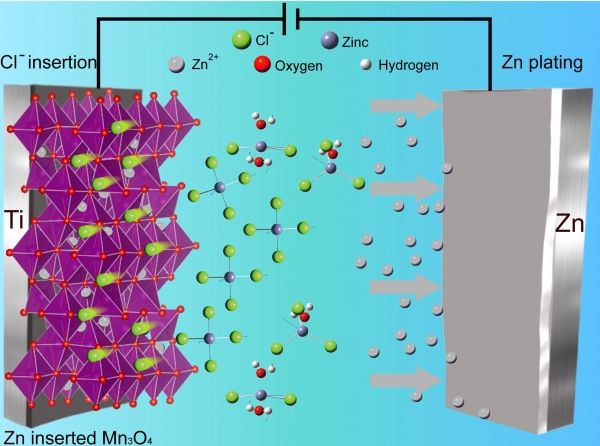A serendipitous discovery during research into batteries at Oregon State University holds major implications for inventing new materials with a vast range of scientific and commercial applications, the study’s corresponding author says.
Many of science’s most significant challenges trace to the limits of known available materials, but a phenomenon named “counter-ion insertion” by OSU College of Science researchers opens the door to “a great number of new solids with values transcending different disciplines well beyond battery chemistries,” said Xiulei (David) Ji, associate professor of chemistry. “This is the beginning point of a whole new field.”
For example, batteries designed using this construction show remarkable potential for low-cost energy storage, Ji said. Compared to the lithium ion batteries used to power cellphones, laptops, medical equipment, power tools, vehicles and more, they’re safer and more environmentally friendly and can be more cost effective.
Findings were just published in Carbon Energy.
Read more at Oregon State University
Image: Counter-ion insertion graphic. CREDIT: Oregon State University


